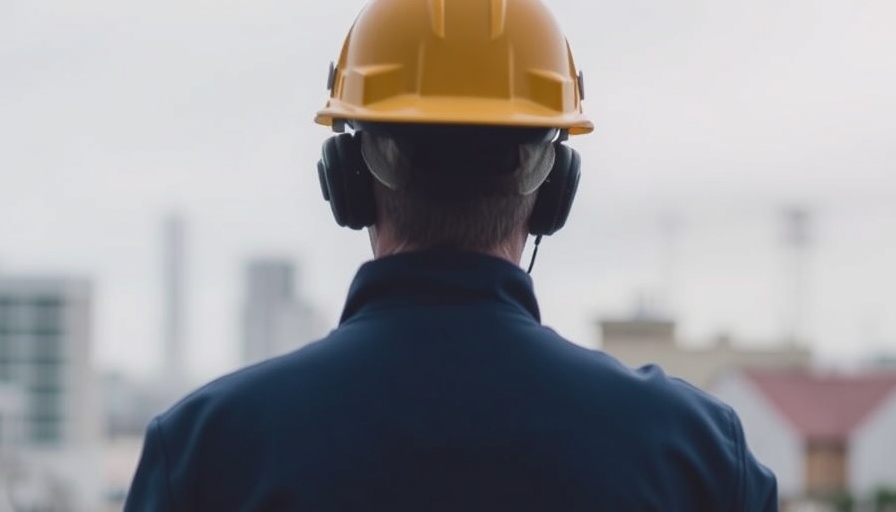
The Hidden Dangers in Workplace Safety Assumptions
Workplace safety is often viewed as a checklist, but what if the most critical items are hidden beneath the surface? As businesses strive to create safe environments, assumptions can lead to complacency and oversight. It’s crucial for business owners, property developers, and facility managers to revisit their safety protocols and question what they truly know about workplace hazards.
Understanding the Gaps in Knowledge
Many organizations operate under the premise that they are already informed about potential dangers. However, this ‘know-it-all’ attitude can have dangerous consequences. According to workplace safety experts, incidents often occur when employees assume they are safe or aware of all protocols. In reality, an unaware employee may unknowingly bypass a crucial safety measure, leading to accidents that could have been easily prevented.
The Role of Technology in Safety
In the modern workplace, technology plays an instrumental role in enhancing safety. From smart sensors that detect hazards to software that monitors air quality, technology can illuminate blind spots in safety measures. For instance, businesses that adopted automated temperature checks and air filtration systems during the pandemic have seen a notable reduction in health risks. Integrating these technologies not only protects employees but also demonstrates a commitment to their wellbeing, potentially enhancing company reputation and employee morale.
Emphasizing a Culture of Continuous Learning
To mitigate risks effectively, fostering a culture of continuous learning is essential. Regular training sessions should not only educate staff about known risks but also encourage them to voice concerns and report potential hazards. Engaging employees in safety discussions can empower them to become advocates for their own wellbeing. This proactive approach can transform an organization’s approach to safety—from reactive to preventative.
Case Studies of Successful Safety Implementation
Several forward-thinking companies have successfully revamped their safety protocols by incorporating innovative strategies. For example, a notable manufacturing firm tested a virtual reality training program that allowed employees to simulate hazardous scenarios without risk. This hands-on experience not only enriched their understanding of safety protocols but significantly reduced incidents on the shop floor. Such case studies highlight the tangible benefits of investing in safety beyond compliance.
Proactive Measures to Implement Now
As business stakeholders navigate the challenges of hierarchy and assumptions, they must implement a series of proactive measures. Regular audits of safety equipment, anonymous feedback channels for employees, and investing in the latest safety technology can create a safer workplace. By doing so, they can dismantle dangerous assumptions that might lead to unnecessary risks.
Conclusion: Taking Action for a Safer Future
In conclusion, while understanding current safety practices is essential, challenging existing assumptions about workplace safety is equally importantes. By embracing continuous improvement, leveraging technology, and empowering employees, businesses can create lasting change. A safer workplace is not just a goal; it’s a commitment to the health and well-being of all employees. As you reflect on your safety protocols, consider what assumptions you may need to question to safeguard your team’s future.
 Add Row
Add Row  Add
Add 




Write A Comment